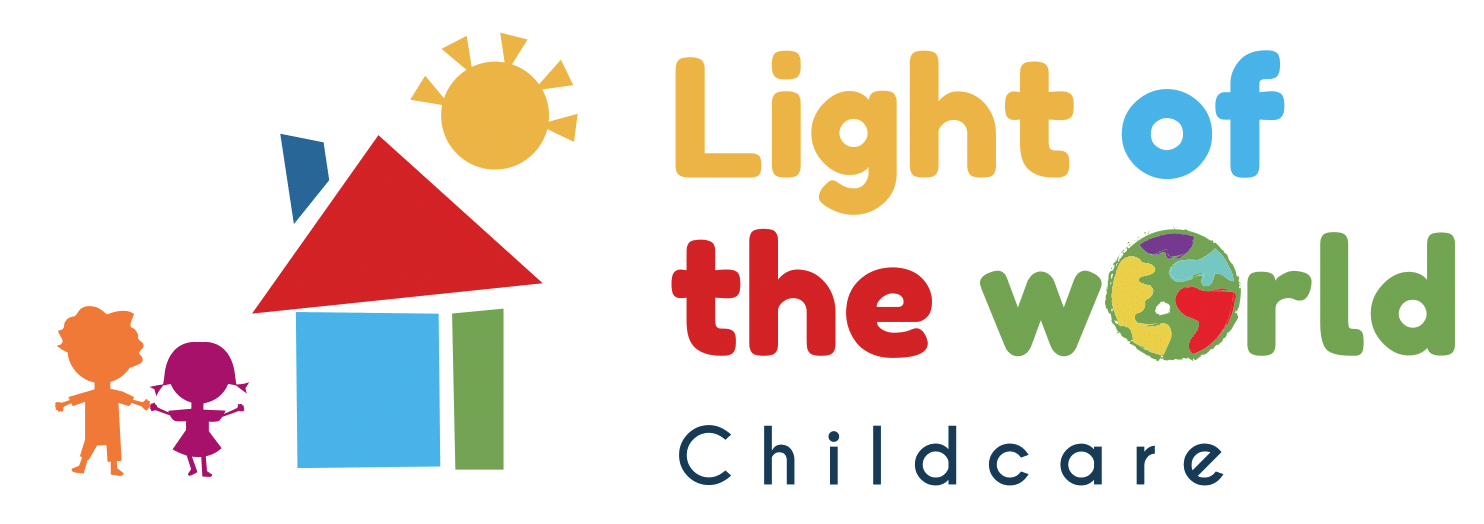STEM Inspired Education
STEM is an acronym that stands for science, technology, engineering and mathematics. These four closely connected areas of study are often associated due to their similarities in both theory and practice. This interdisciplinary approach to learning teaches students to grasp and apply concepts in science, technology, engineering, and mathematics through play.
By watching children in action, we can confirm that they integrate subject matter from these disciplines every day. Using the STEM approach, we create spaces for children to explore with their minds and with their senses, observe, ask questions, design, build, test, and solve problems and of course, have fun!.

The process of learning about the world. By exploring, gathering data, looking for relationships and patterns, and forming explanations and ideas using evidence, children begin to understand how the world works and the beauty of it all.
This study extends beyond the screens used for work, school and fun. Technology can also be hands- on through the use of electricity, computers, photography, and coding. Tools used to promote hands-on learning include balance scales to compare weights, lenses to observe living things, and digital tools like computers and tablets to solve problems, rather than just for entertainment.
Children are natural engineers. They love to design and build with almost anything they can get their hands on. This process of designing tools, systems, and structures helps children meet their needs and solve problems.
The study of quantities (how many or how much), structures (shapes), space (angles and distances), and change. We know that children learn math concepts when they have various opportunities to interact with math, apply what they have learned, and discover math in the real world. During activities, children naturally engage in conversations and experiments using early math concepts, such as spatial awareness and measurement.

